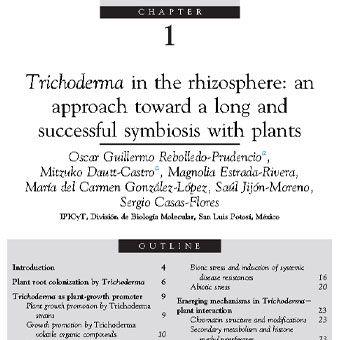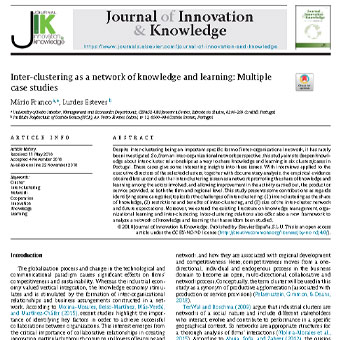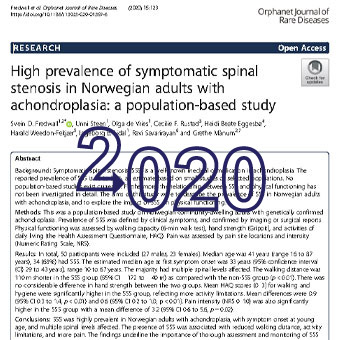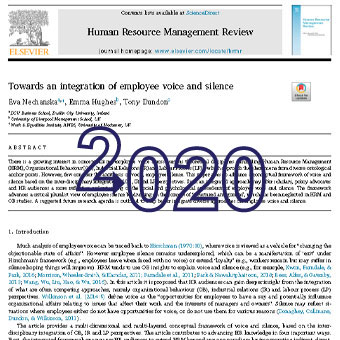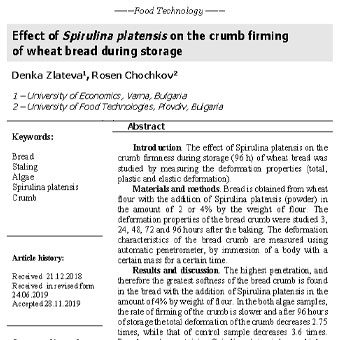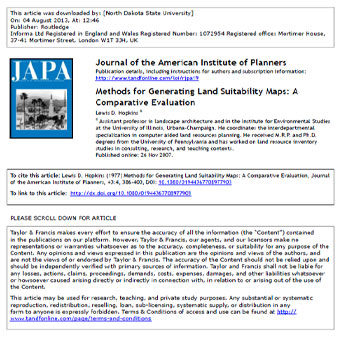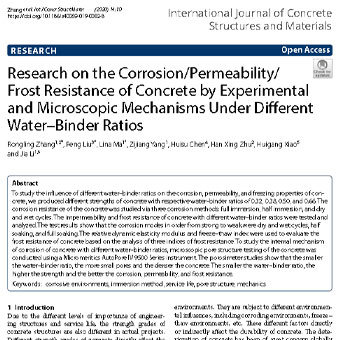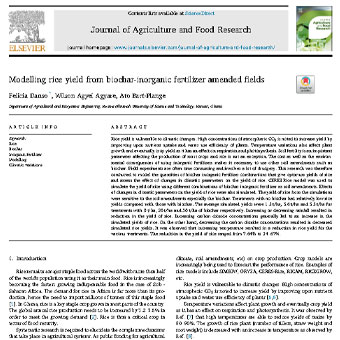عنوان فارسی مقاله:تریکودرما در ریزوسفر: رویکردی به سوی همزیستی طولانی و موفق با گیاهان
چکیده
گیاهان در محیط و شرایط طبیعی خود، دائماً در معرض شرایط نامطلوب از جمله تنشهای زیستی و غیر زیستی قرار میگیرند. گیاهان با طیف وسیعی از میکروارگانیسمها برهمکنش دارند که منجر به ایجاد برهمکنشهای سودمند یا مضر، تحریک مکانیسمهای دفاعی گیاه از جمله مقاومت القا شده و ساختاری میشود. مقاومت ساختاری موسوم به مکانیسمهای مقاوم به غیر میزبان برای سنجش و مقاومت در برابر حمله از طیف وسیعی از پاتوژن ها است. اولین مکانیسم دفاعی شامل یک لایه ساختاری و یک لایه شیمیایی است. لایه ساختاری، بخشی از موانع فیزیکی گیاه از جمله کوتیکول، تریکوم و موم است. مواد شیمیایی سازنده، ترکیبات سمی ترشح شده توسط سلولهای گیاهی است. وقتی میکروارگانیسمها بر موانع فیزیکی غلبه میکنند، سیستمهای دفاعی گیاه تحریک شده و میکرو ارگانیسم تلاش میکند بر ایمنی گیاه برای ایجاد رابطهی سودمند غلبه کند (یانگ و هوانگ ۲۰۱۴). علاوه بر دفاع ساختاری، گیاهان دارای لایههای ایمنی اضافی از جمله ایمنی تحریک الگوهای مولکولی وابسته به پاتوژن یا میکروبی (MAMP و PAMP) هستند. بعد از تشخیص MAMP و PAMP از طریق گیرندههای تشیص الگوی سطح سلول، گیاهان متابولیت های ثانویه را با فعالیت ضد میکروبی نظیر فیتوالکسین ها ترح کرده و آنزیمهای هیدرولیتیک را انباشته کرده و دیوار سلول گیاهی را با رسوب کالوس تقویت میکند (هاملی و همکاران ۲۰۰۹). بدیهی است که MAMP و PAMP موجب القای مقاومت اکتسابی سیستمیک از طریق اسید سالیسیلیک فیتوهورمون میشود که در محل عفونت انباشته شده و به بخشهای دور محل اصلی عفونت انتقال مییابند. سیگنالینگ SAR در برابر میکروارگانیسمهای همیتبیوتروفیک یا بیوتروفیک نظیر پاتوژن باکتریایی Pseudomonas syringae PstDC3000 و پاتوژن قارچی Colletotrichum مقاوم است (هانوند و جونز ۱۹۹۷). به علاوه، میکروارگانیسمهای سودمند موجب القای مقاومت سیستمیک وابسته به سنتز اسید جاسمونیک و اتیلن میشود. در این حالت، ژنهای LOX-2 و PDF1.2، که به ترتیب کد کننده لیپوکسیژناز -۲ و یک گیاه دفنسین هستند، در ارابیدوپسیز القا میشوند (Jakob et al.، ۲۰۰۷). سیگنالینگ JA / ET در برابر عوامل بیماری زا نکروتروفیک مانند قارچ Botrytis cinerea مؤثر است(همزیستی طولانی و موفق با گیاهان). علاوه بر این، مسیرهای SA و JA / ET میتوانند روی یکدیگر تأثیر منفی یا هم افزایی بگذارند. گفتگوی متقابل بین مسیرهای SA و JA / ET پتانسیلی را برای فعال سازی مکانیسمهای مقاومت در برابر چند برابر فراهم میکند، گیاهان را برای اولویت قرار دادن یک مسیر دفاعی خاص در برابر مهاجم اماده میکند (پیترس و ون لون، ۲۰۰۴). از طرف دیگر، عوامل بیماریزا مولکولهای مؤثر را برای سرکوب PTI و موفقیت در بیماری به میزبان تکامل دادهاند. در پاسخ، گیاهان پروتئینهای مقاومتی ایجاد کردهاند که تأثیرگذارها را برای تقویت ایمنی ناشی از اثر (ETI) تشخیص میدهند (کیسوم و همکاران، ۲۰۰۶). در طی ETI، گیاهان باعث واکنش بیش از حد حساس (HR)، نوعی مرگ برنامه ریزی شده سلول در محل عفونت میشوند تا عامل بیماری زا را محدود کرده و از انتشار آن به سایر قسمتهای گیاه جلوگیری کند (نامورا).
- لینک دانلود فایل بلافاصله بعد از پرداخت وجه به نمایش در خواهد آمد.
- همچنین لینک دانلود به ایمیل شما ارسال خواهد شد به همین دلیل ایمیل خود را به دقت وارد نمایید.
- ممکن است ایمیل ارسالی به پوشه اسپم یا Bulk ایمیل شما ارسال شده باشد.
- در صورتی که به هر دلیلی موفق به دانلود فایل مورد نظر نشدید با ما تماس بگیرید.
 متن به فارسی | ترجمه مقالات و متون علمی | ترجمه و دانلود مقالات و انواع متون علمی و ادبی و پذیرش سفارش ترجمه
متن به فارسی | ترجمه مقالات و متون علمی | ترجمه و دانلود مقالات و انواع متون علمی و ادبی و پذیرش سفارش ترجمه
